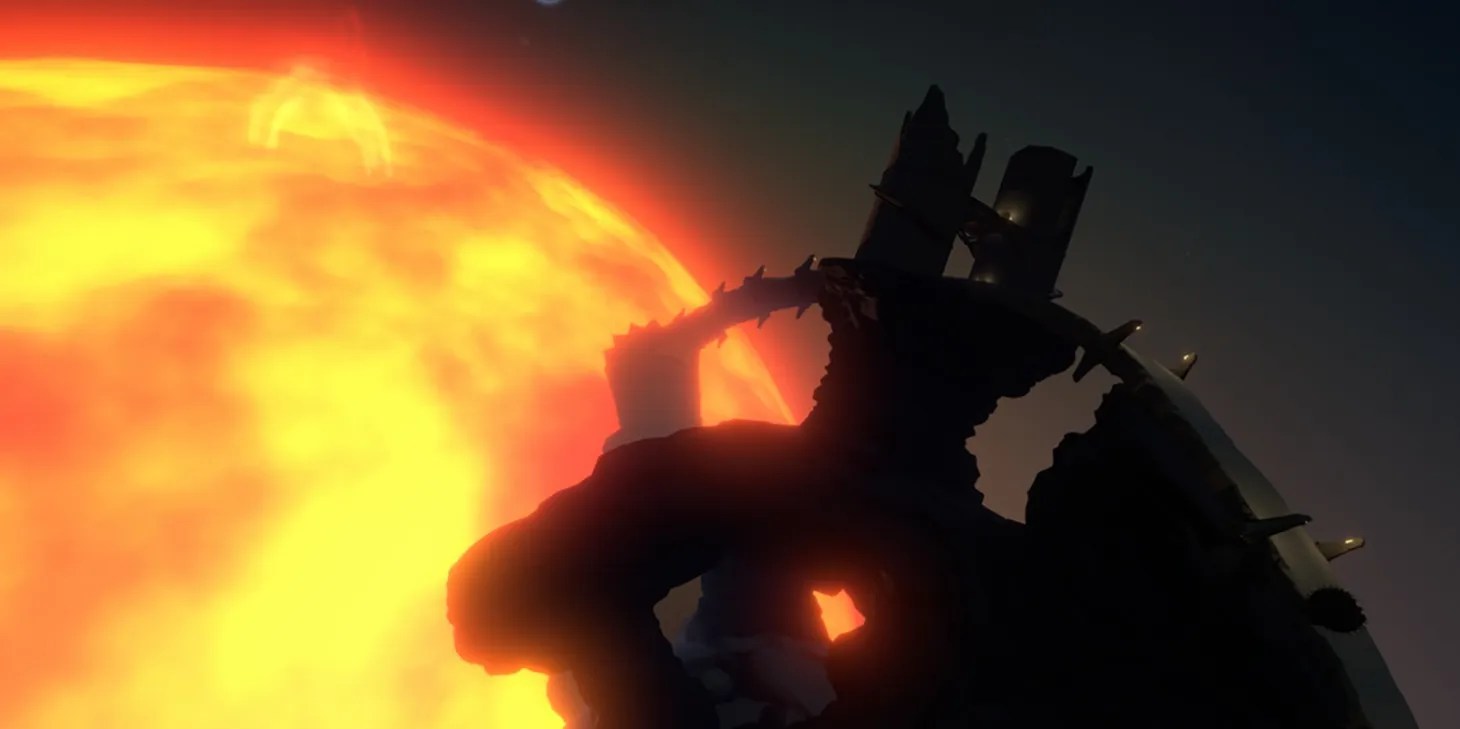2021 seems to be a great year for gaming, with more publishers and developers flocking towards creating innovative experiences. WhileSony’s risk-averse strategy may have disappointed some fans, it’s great to see other developers trying out entirely new things within the medium, with clockwork-themed games suddenly seeing a surge in popularity.
The two big games that have seemingly caused this upcoming surge are Arkane Studio’sDeathloopand Housemarque’sReturnal. Originally set to release early in 2021, both games are PS5-exclusives, withDeathloopbeing a timed exclusive for the platform. With both games having a lot in common, it seems an opportune time to look back at this rather unique style and theme in video games.

RELATED:Why Deathloop’s Release Date Delay Is Ultimately A Good Thing
The Video Game Time Paradox
Unlike the real world, time in video games rarely works as it should. While many earlier games would employ timers to keep the player on their toes,modern AAA video games don’t often utilize the concept of timeas often as they could. Many modern games now have dynamic weather and day-night cycles, but characters and events remain stationary until the flow of time is continued by the player.
It’s understandable that combating such a problem is tough, especially when there’s a chance that players might miss out on potential content with the passing of time. However, it’s also tough not to look at the disruption such limitations, or rather decisions, can cause to a game, with players engaging for in-game weeks on side content while the quest to saving the world remains untouched.

Clockwork Games And The Time Loop
However, many developers have now taken it upon themselves to create games that take the element of time into concern. The unassuming ones include anything from time-sensitive racing games to eventhe social-stealth-focusedHitmangames. That being said, three games in the last two years have seemingly laid the foundation for what time-sensitive “clockwork” games.
The basic framework of the clockwork games involves making time either a valuable currency, or an integral part of the game’s design. 2019’sThe Outer Wildsfirst laid the foundations for clockwork games in a AAA space, keeping each game run on a 22-minute timer following which the sun explodes. Hence, players need to explore the world in order to find a way to escape the system (or later called the time loop).

This year’s games, namelyReturnalandDeathloop, have quite different takes on the formula.Returnal’s clockwork loop isn’t associated with a timer, but rather permadeath. Housemarque uses the time loop concept to mostly explain its permadeath and roguelike mechanics, as a mysterious power has the protagonist Selene trapped within the planet of Atropos. On the other hand,Deathloopsticks to the clockwork framework in a strict fashion, as players are tasked to hunt down eight targets on the island before midnight. Failing to do so (either death or timer runs out) will result in a reset, and players need to try a new approach.
The Future of Time Loops and Clockwork Games
While clockwork games might have existed in the past, most of them were limited to rather obscure indie projects likeMinit. In addition to this, most games generally use the loop to explain the roguelike nature of the game, or give player mortality a meaning/impact. With heavy-hitters such asReturnalandDeathloopgracing fans this year, there’s a great chance that more developers might flock towards this rather unique framework for games.
It seems that the train has already started, with therecent announcement trailer for Annapurna Interactive’s12 Minutes. While it seemingly sticks close to whatDeathloop’s time loop does, it would be particularly interesting to see the different takes that different teams might bring to this time loop formula.
Deathloopis launching Jul 25, 2025, for PC and PlayStation 5.